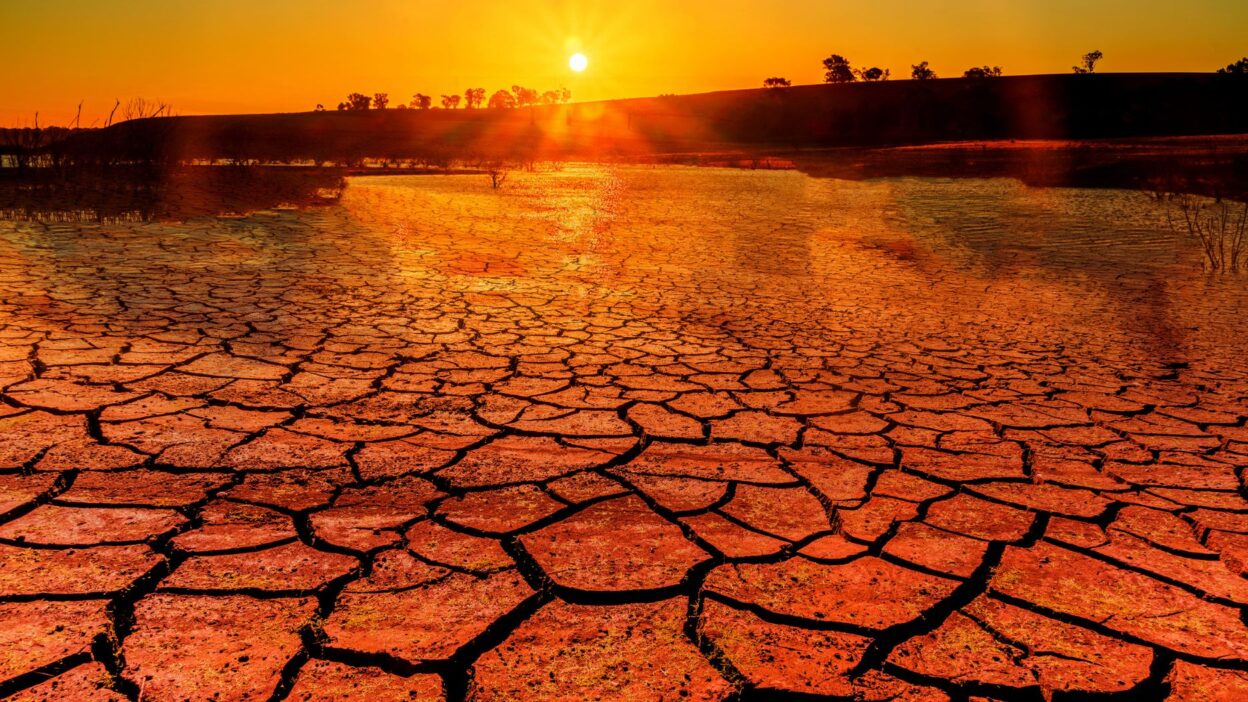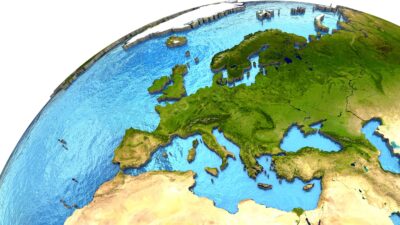Global warming is not just a buzzword or a distant threat anymore; it’s a pressing reality that impacts every aspect of our lives. Despite the overwhelming evidence, many still do not realize the extent of the damage that global warming is causing. To help spread awareness, we are sharing eight shocking facts about global warming that everyone should know. These facts will shed light on how our planet is changing and what we can do to make a difference.
1. Global Temperatures Are Rising at an Alarming Rate
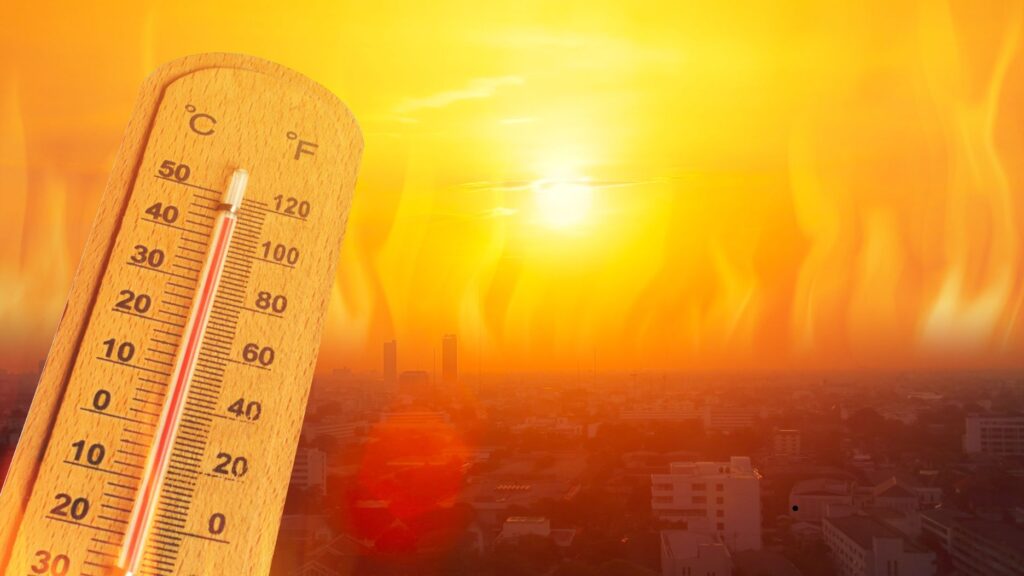
Over the past century, the average global temperature has increased by more than 1.2°C. This may not sound like much, but small changes in temperature can lead to severe consequences. According to NASA, the 21st century has witnessed 18 of the 19 warmest years on record, and temperatures are expected to rise further if greenhouse gas emissions are not curbed.
2. Arctic Sea Ice Is Shrinking Dramatically
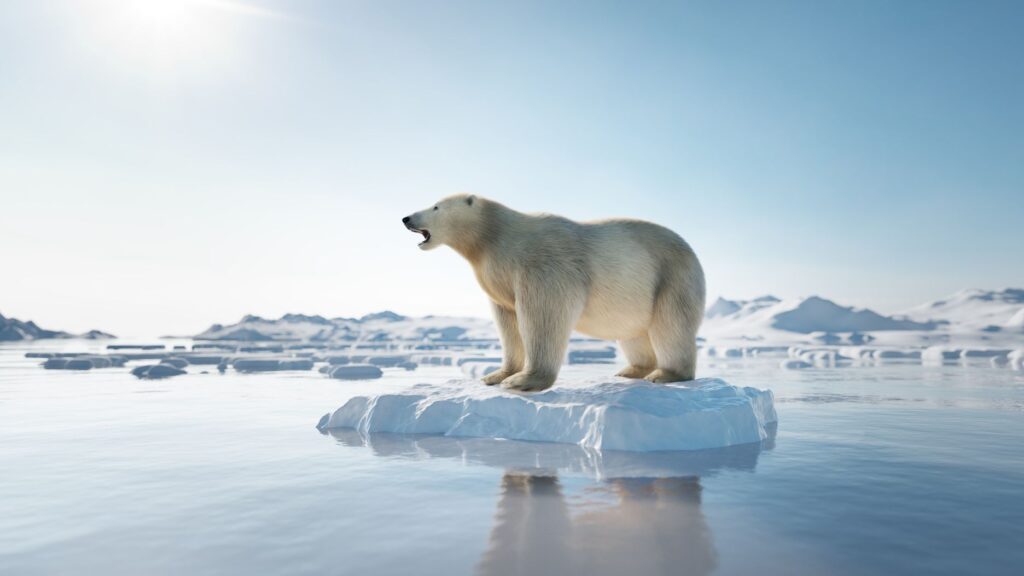
The Arctic region is experiencing some of the most visible impacts of global warming. Each decade, Arctic sea ice declines by roughly 13%, significantly affecting local ecosystems. This rapid melting endangers species like polar bears and threatens coastal communities worldwide as sea levels rise.
The reduction in sea ice also impacts ocean circulation patterns, which can lead to extreme weather events globally. Protecting the Arctic is crucial for stabilizing climate and ensuring diverse ecosystems continue to thrive.
3. Rising Sea Levels Threaten Millions of People

Due to the melting of glaciers and polar ice caps, sea levels are rising at an accelerating rate. The Intergovernmental Panel on Climate Change (IPCC) estimates that sea levels could rise by up to one meter by the end of this century. This would put millions of people living in low-lying coastal regions at risk of losing their homes.
Cities like Miami, Dhaka, and Amsterdam are among those threatened. Even a slight rise in sea level could lead to increased flooding, loss of arable land, and displacement of entire populations. It’s imperative for us to understand these risks and take action to mitigate them.
4. Extreme Weather Events Are Becoming More Frequent

Hurricanes, wildfires, and heatwaves are occurring more frequently due to global warming. Warmer temperatures provide the energy needed for stronger and more severe storms. Moreover, prolonged periods of drought create conditions conducive to massive wildfires, which have devastated regions like Australia and California in recent years.
Heatwaves are also on the rise, putting vulnerable populations at risk of health issues, including heatstroke and dehydration. The link between extreme weather and climate change is undeniable, making it more critical than ever to adopt renewable energy sources to reduce greenhouse gas emissions.
5. Global Warming Endangers Biodiversity

The impact of global warming on biodiversity is profound. Animals and plants are struggling to adapt to rapidly changing temperatures, with many species now at risk of extinction. Coral reefs, often referred to as “the rainforests of the sea,” are especially vulnerable. Rising ocean temperatures cause coral bleaching, leading to the death of these vital ecosystems.
With species migrating to cooler areas, ecosystems are changing rapidly, often with negative consequences. For example, pollinators like bees are crucial to global food production, but changes in climate patterns threaten their populations.
6. The Oceans Are Becoming More Acidic
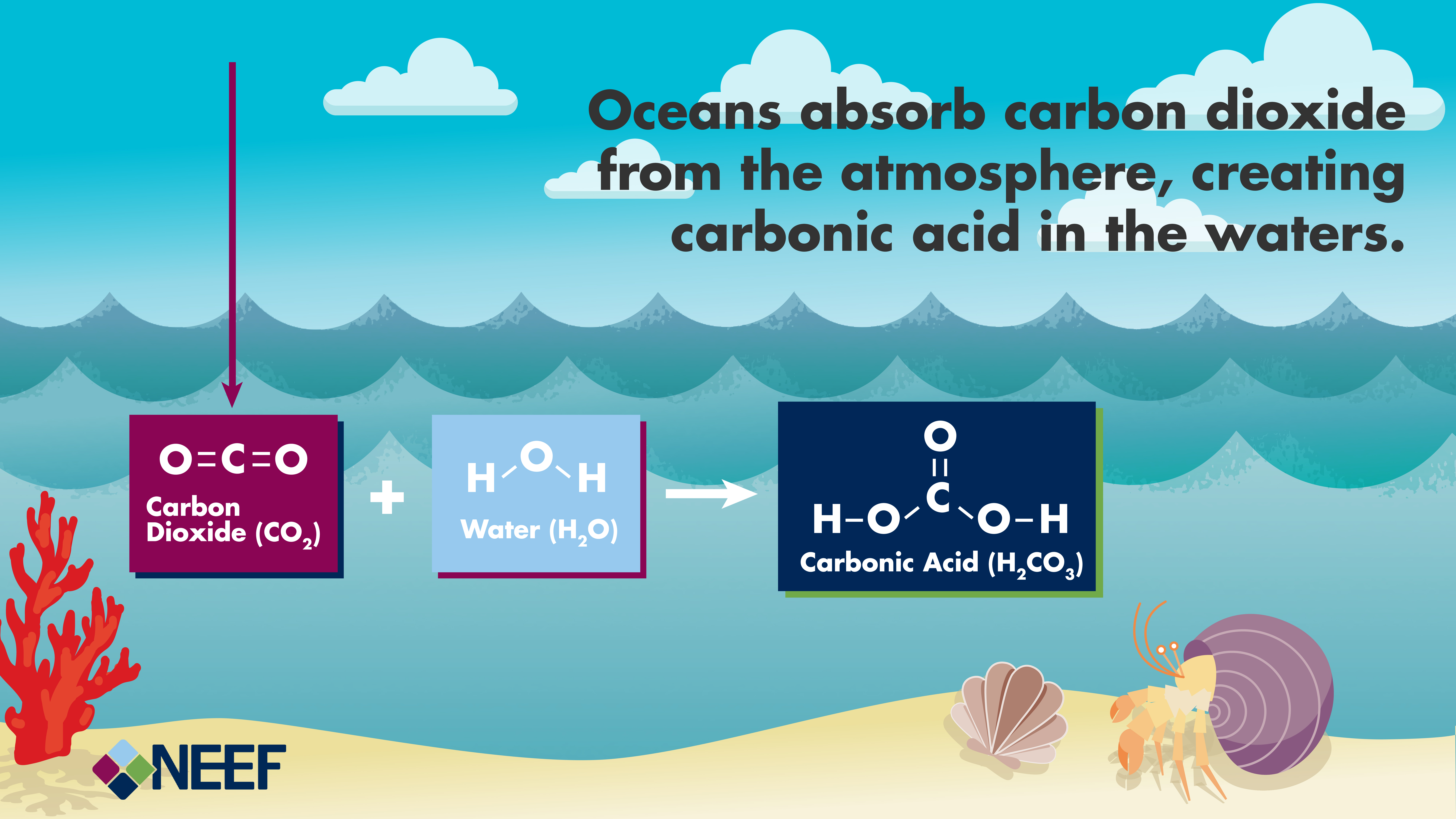
As carbon dioxide levels rise, the ocean absorbs a large amount of it, leading to ocean acidification. This process has a severe impact on marine life, particularly shellfish and coral, which struggle to survive in more acidic conditions. The balance of marine ecosystems is disrupted, affecting everything from plankton to fish populations, which ultimately impacts human livelihoods.
7. Global Warming Is Contributing to Food Insecurity
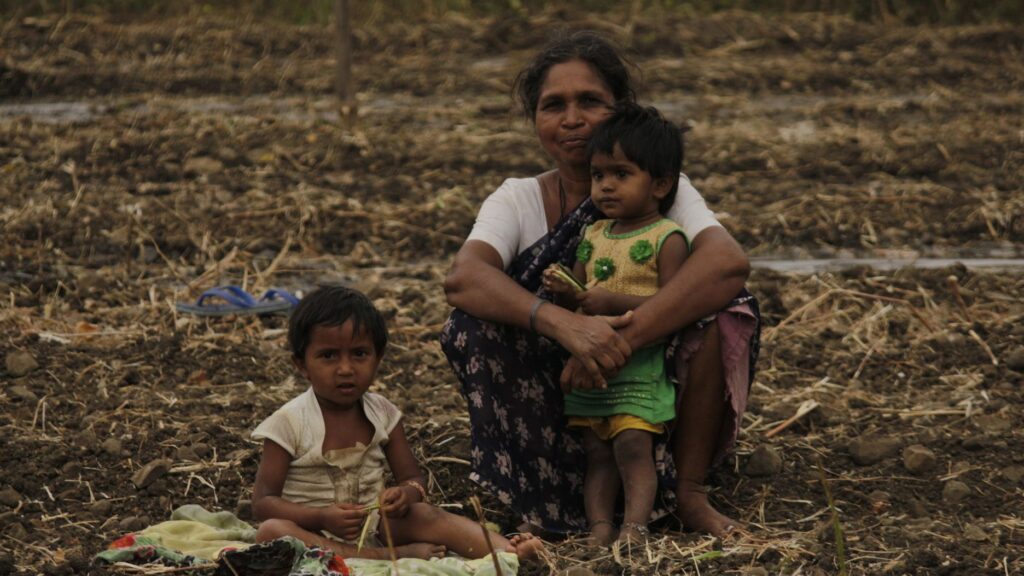
The agricultural sector is heavily impacted by climate change, with unpredictable weather patterns leading to poor crop yields. Increased temperatures and prolonged droughts make it harder for farmers to grow essential crops like wheat, corn, and rice. This has a direct impact on global food prices and increases the risk of food shortages.
With extreme conditions reducing the reliability of food production, global warming poses a serious threat to food security, particularly in vulnerable regions of the world. This could lead to widespread malnutrition and increased poverty.
8. Global Warming Is a Public Health Crisis

Heatwaves, vector-borne diseases, and air pollution are all exacerbated by global warming. Rising temperatures increase the spread of diseases like malaria and dengue fever, as mosquitoes expand their habitats. Additionally, more frequent and intense heatwaves pose a severe health risk, particularly for the elderly and children.
Air pollution, which is closely linked to burning fossil fuels, also contributes to global warming and has severe health implications, such as respiratory illnesses and cardiovascular problems. Addressing global warming is not just about protecting the environment; it is also a critical public health concern.
What Can You Do to Combat Global Warming?
The fight against global warming starts with individual and collective actions. Reducing energy consumption, opting for renewable energy sources, supporting green policies, and minimizing waste are all steps that can help reduce your carbon footprint. You can also consider adopting a plant-based diet, as animal agriculture is one of the significant contributors to greenhouse gas emissions.
Conclusion
Global warming is one of the most significant challenges we face today. From rising temperatures to shrinking biodiversity, its effects are being felt across the globe. The facts shared in this article highlight the urgency of taking action to mitigate climate change. Whether it’s supporting policies that promote renewable energy or making small lifestyle changes, we can all play a role in creating a sustainable future.


